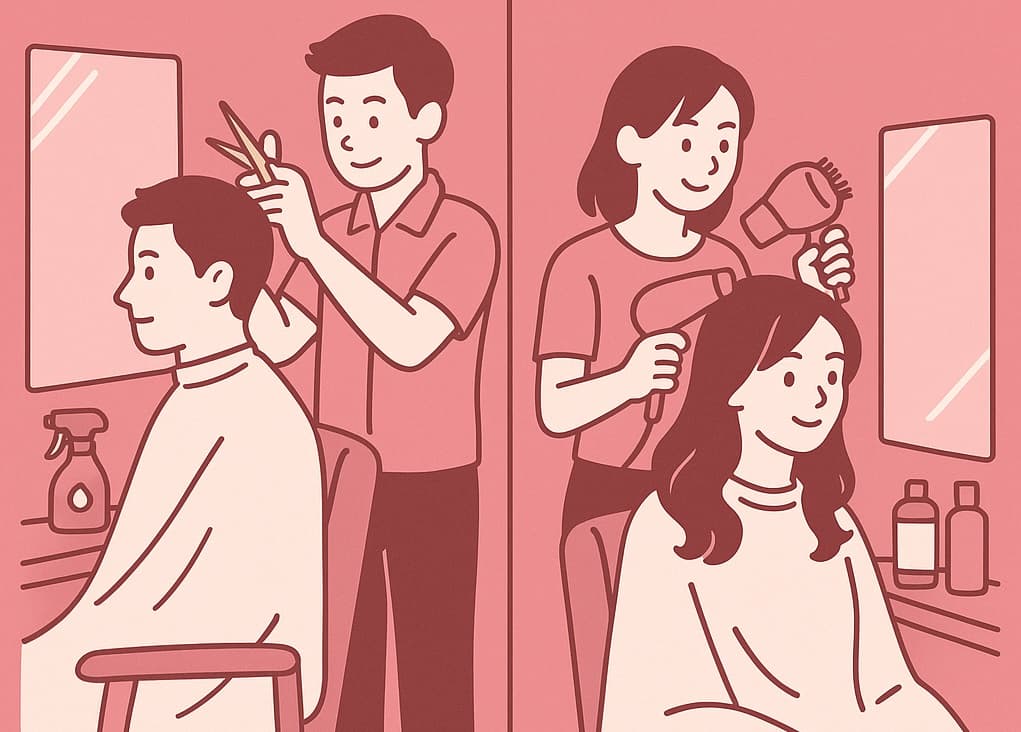
Japan’s hair industry is divided into two main types of establishments: barbershops (理容室, "riyō-shitsu") and beauty salons (美容室, "biyō-shitsu"). These differ significantly in terms of target clientele, services provided, pricing, and overall experience.
Barbershops (理容室):
Beauty Salons (美容室):
The main differences between men’s and women’s haircuts in Japan stem from the type of shop, services offered, and the overall experience. Men typically opt for barbershops, which provide quick and practical haircuts and shaving. Women usually choose beauty salons for more diverse, fashion-forward hair and beauty services. Recently, beauty salons have become more gender-inclusive, but barbershops still primarily serve male customers.
QB 这种“千元店”,不会给洗头发。。
但他们有比较特别的设备,所以问题也不大
New to life in Japan and not sure where to buy groceries, shampoo, or kitchenware? This guide breaks down all the common places to shop—from supermark...
Read More →Just moved to Japan with zero Japanese? Don’t panic! This article breaks down 5 practical ways to learn Japanese while living in Japan, comparing thei...
Read More →The Nankai Trough megaquake is considered one of the most likely catastrophic natural disasters to occur in Japan in the near future. Its destructive ...
Read More →
My wife and I recently got haircuts. My experience was fairly smooth, but my wife was initially turned away(!). Through this, we learned about the dif...
Read More →
Assuming both parents are foreign nationals, here is a structured overview of the main stages of pregnancy and childbirth in Japan, including required...
Read More →
Moving to Japan as a young couple with no income and no Japanese language foundation can be challenging, but with careful planning and adaptability, i...
Read More →Relocating to Japan as a couple with a new apartment and no kids or car? Navigating insurance can feel daunting, but this guide outlines the essential...
Read More →
Japan's 2025 AI entrepreneurial opportunities focus on vertical field applications, enterprise service tools, and generative content innovation, requi...
Read More →
Have a long-term visa but new to Japan and can't communicate in Japanese yet? Here's what to do when you need medical care....
Read More →
Select the most suitable professionals for collaboration....
Read More →
Japan’s startup scene thrives at the intersection of deep tech and cultural uniqueness, with growing opportunities in aging society services, sustaina...
Read More →
While the system changes from 2024 are expected to make it easier to start businesses in Japan, the screening process for business feasibility and con...
Read More →